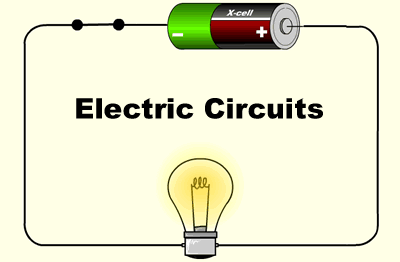Electrical circuits
There are two types of circuits that you can make: series and a parallel.
Series circuits:
have a single pathway for current flow. Their main disadvantage is that if one component blows, the circuit ceases to work. Current in a series circuit is the same for all components.
Parallel circuits:
offer an alternate path, which in the case of a component blowing still allow the circuit to operate. This is how your lights are set up at home, allowing each rooms lights to operate independently from the single power source to the house itself.
The most common components of an electrical circuit are :
- Resistors – resistors are used to control the currents and voltages of a circuit.
- Capacitors – Capacitors used for delays in the circuit.
- LEDs – LED’s are used in a circuit not to look pretty but to display visual feedback from the circuit.
- Transistors – TTransistors are used to amplify or switch electrical charges. When it works as an amplifier, it takes the current electrical through one end of the transistor and produces a much bigger electric current out the other. Transistors can also work as switches. A smaller electric current flowing through one part of a transistor can cause a much bigger current to flow through the other end of the transistor.
- Inductors – inductors store energy that is not needed and then returns it back into the circuit when it is required again.
To learn more about the parts of an electrical circuit, check out this tutorial
 Back.to.home
Back.to.home
 Back.to.home
Back.to.home